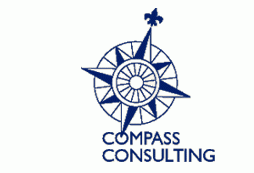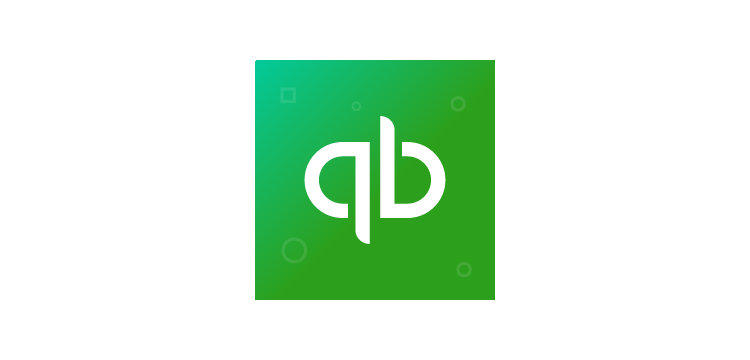
The U.S. government has come to an agreement regarding how much money will be involved in the proposed $2 million stimulus package and where it will be spent. The exact details are yet to be defined, but here are the main points.
- $250 billion will be made available to individuals and families directly
- $350 billion will be made available for small business loans
- $250 billion will be available for unemployment benefits
- $500 billion in loans for distressed companies
In some detail, the direct funds for individuals & families of $250 billion will be divided as follows according to adjusted gross income:
- Individuals who earn up to $75,000 will get $1200
- Married couples earning up to $150,000 will get $2400
- Couples with children will get an additional $500 per child
- The benefits will continue but cap off at $99,000 for individuals & $198,000 for couples without children
The $500 billion for loans to distressed companies will be spent in accordance with an appointed oversight board recently created, however the airline companies will receive the requested $50 billion.
The $350 billion funds for small business loans was made in an effort to guarantee the SBA could ensure loans up to $10 million dollars to small businesses. Be sure to check out the SBA if you haven’t already.
The $250 billion made available for unemployment benefits will be distributed by state, but this new bill will also extend unemployment to self-employed individuals.
While these are scary times economically, Compass Consulting is here is you need any advice.






